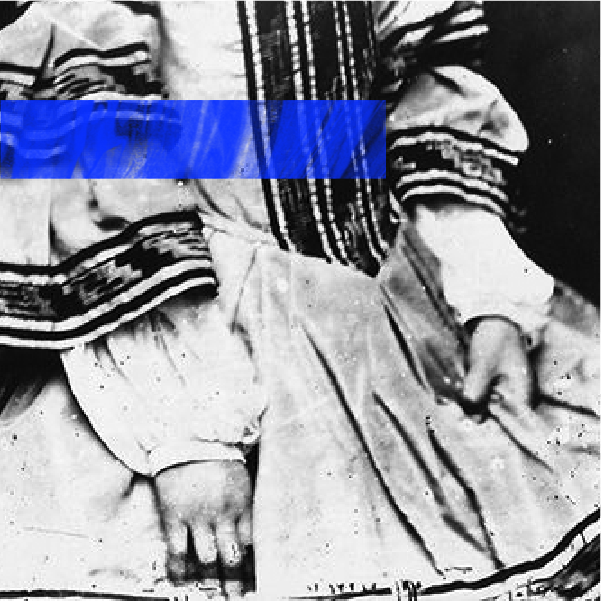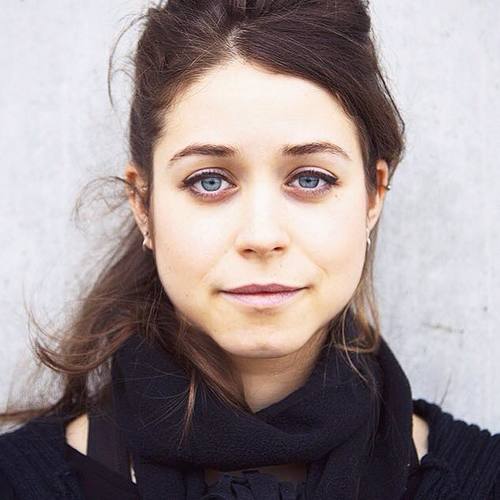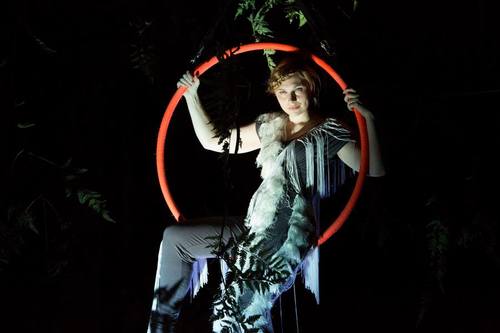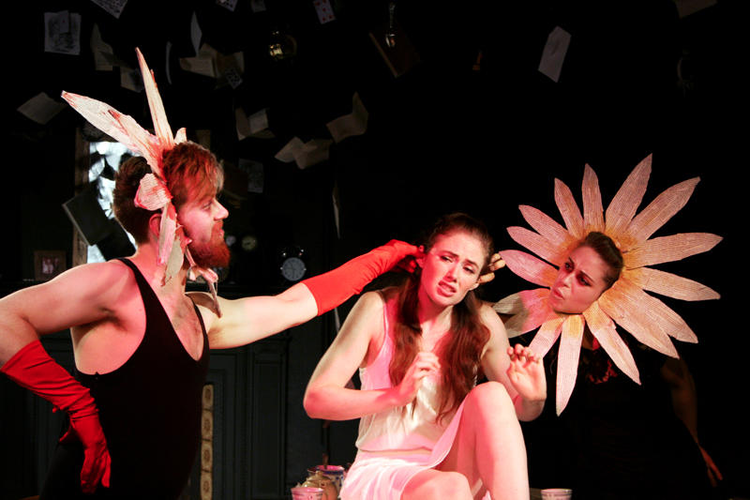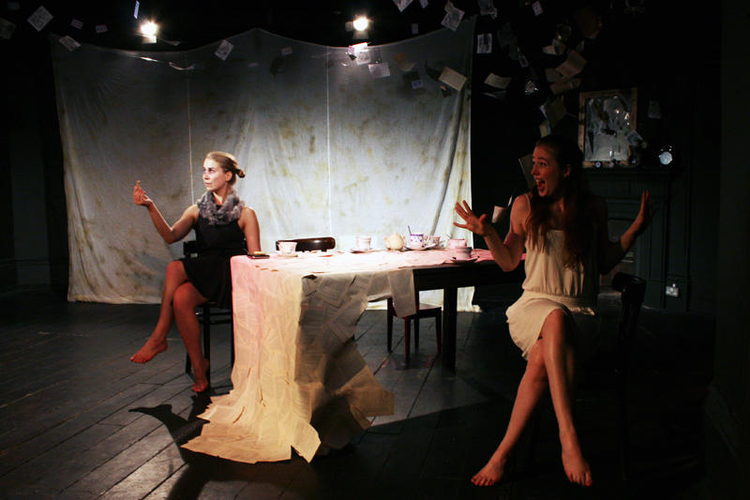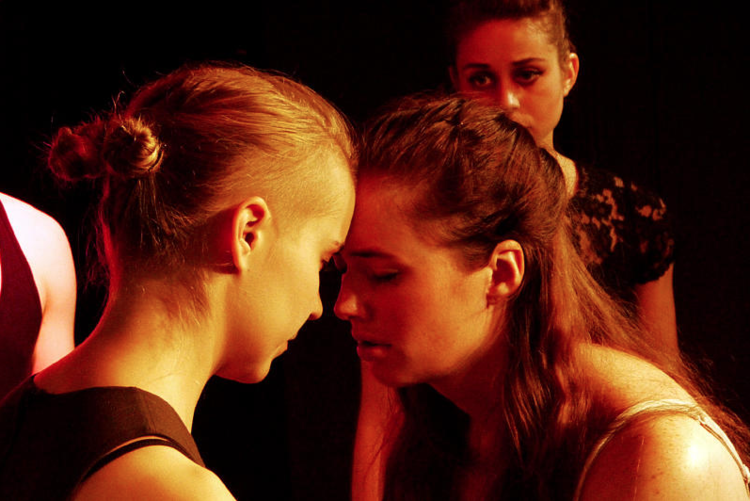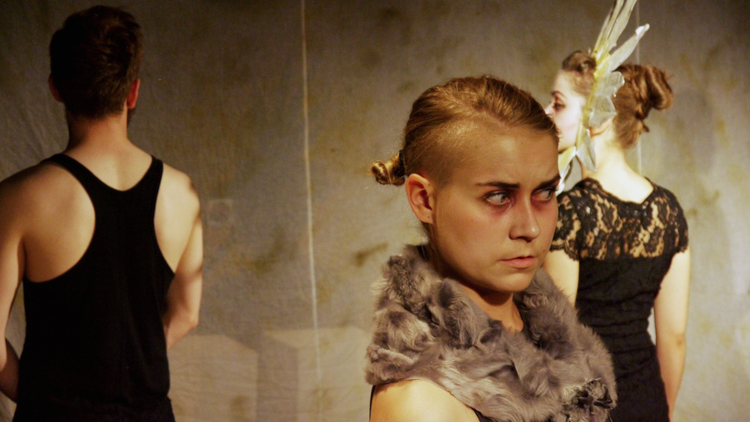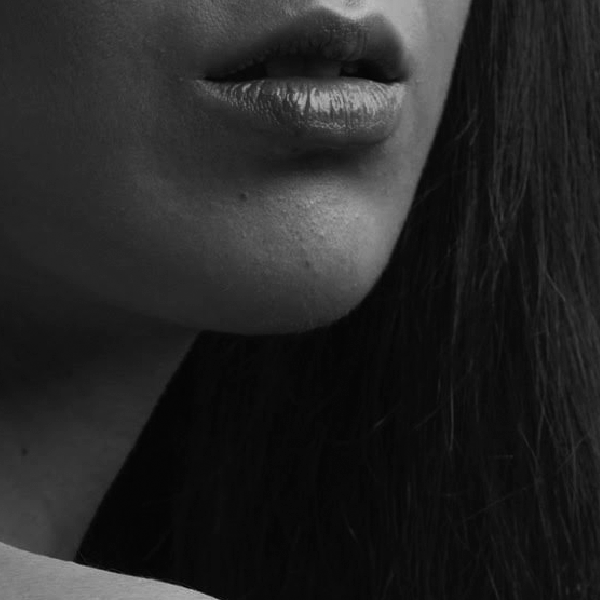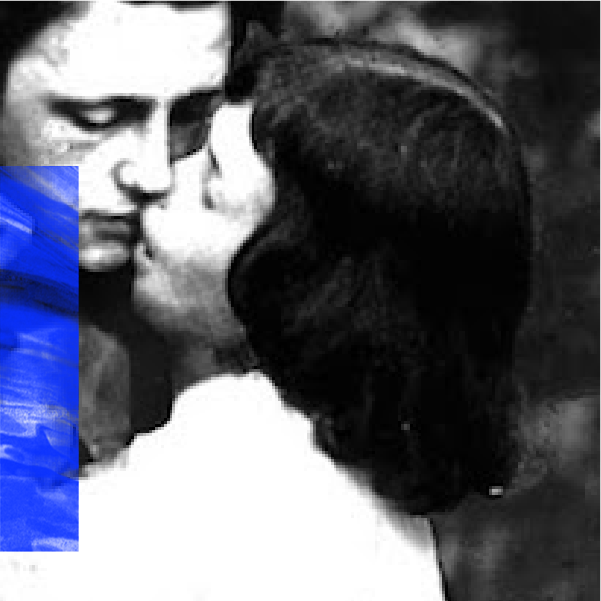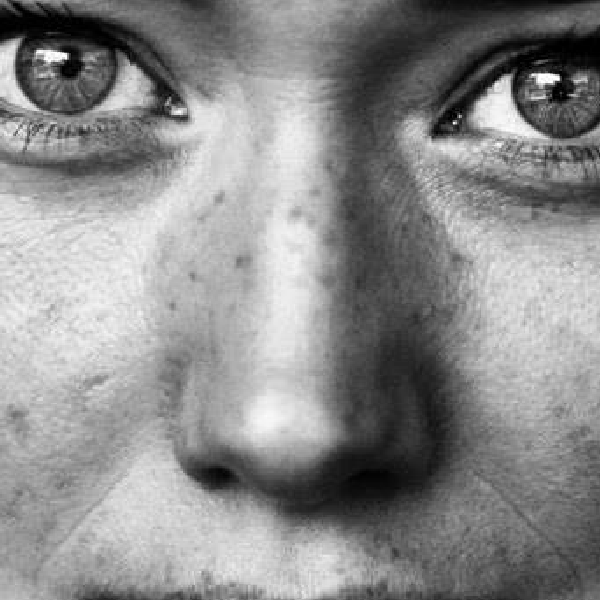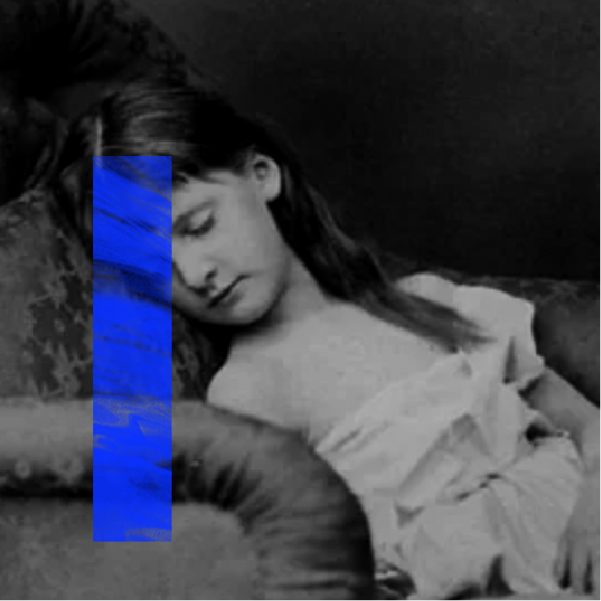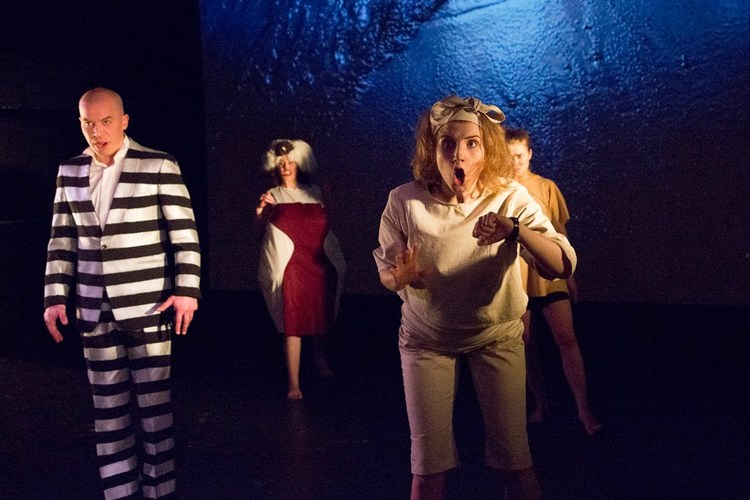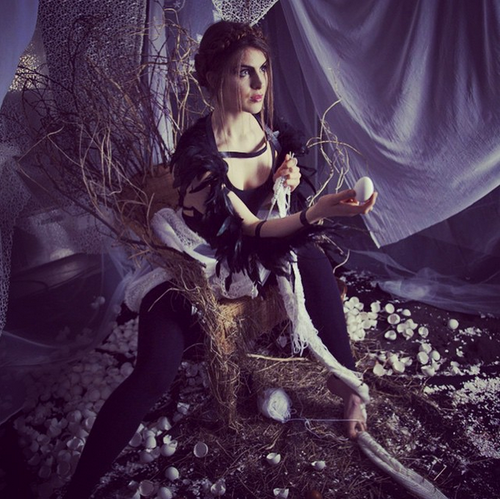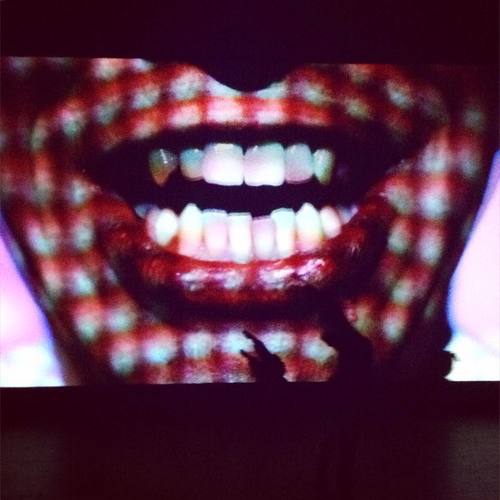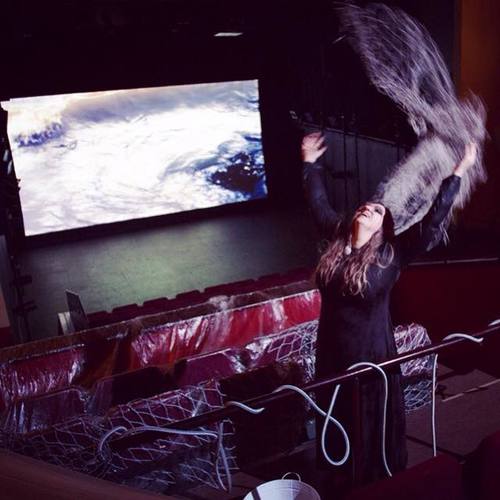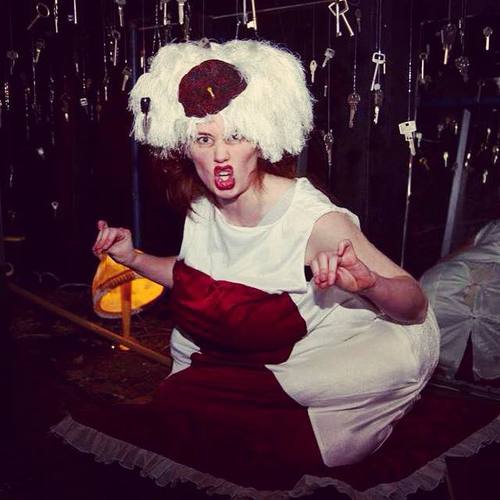After each performance of Carroll: Berserkur there is a Q&A with our cast and creatives.
Your thoughts, impressions and experiences are important to us as a growing theatre company and we will share our answers to the most frequent questions here.
Tickets are still available to our limited run at Tjarnarbio: http://midi.is/atburdir/1/8849/
Where did the characters come from, how was the casting process?
We started by working from the individual. We did psycho-physical exercises focused on the Self, sometimes we worked with particular phases of our lives such as child, teenager and adult. We were curious about the choices we had made and how our self image had changed through those years: what we chose to hide and what we chose to show. Finding taboos within ourselves that we could really play with was a key theme we wanted to explore from Alice in Wonderland. We discovered that the teenager was particularly fragile as many decisions we made in those years affected so strongly who we are today.
From watching each other do and present these exercises we experienced similar emotions and atmospheres that we identified with particular characters and events in Alice in Wonderland. "Hmm, that feels like the Queen - I think this quality would be very interesting for the Cat."
From there those discoveries were worked further into quite grotesque and stylised characteristics, which were supported with symbolic and playful costumes and scenic design. The performers researched and devised their own scenes and texts based on these discoveries. Some had early on had an idea of what taboo they wanted to work and experiment with. Somehow casting became an effortless fit within our company.
Where did the end scene come from?
Because the costumes came from those stylised taboos, those sides of ourselves we normally hide but for the purpose of the show exaggerated and presented on stage, we wanted to take the costumes off and show what was underneath. That it is OK to have these darker sides, these "different shadows of Alice" as we call them in our rehearsals, because everyone has them (and plenty more). That this one quality is not what defines a person. We wanted to show different bodies together on stage in a raw manner and simply share these sides of ourselves, accept, and leave the costume, our taboo, behind for the audience - knowing that it's still a part of us.
Where did the confessions come from?
These are real confessions we gathered through a survey. Everyone in our company participated as well, and then we divided the confessions between the characters as we thought best suited their qualities and dramaturgy. So they are hopefully all truthful, and some were in fact so crude we unfortunately couldn't find a place for them onstage.
I did not enjoy sitting on a damn flower pot for a whole scene... Will that change as you continue adapting the performance?
Of course we want everyone to feel safe and enjoy themselves at our production. However, we are interested in exploring what else Alice experiences on her journey through these nine different three - five minute character scenes. How she shrank, grew, and was challenged differently by each character. We want to see how theatre can offer these different emotions and experiences rather than only being a comfortable place you enter, sit down and perhaps even fall asleep, grab a drink during break and then continue the second act in the dark. We hope that the audience experience themselves as Alice and can embrace these different confrontations, but of course we need to provide that experience in a safe manner.
Are there limitations to audience participation, how free can we be?
We decided to have certain limitations, for example how the chess pieces guide you through the space in three different groups rather than the audience walking freely. But it is an exciting challenge for us to embrace the audiences in whatever way they want to play with us, and we are eager to practice and learn from what you have to offer us.




